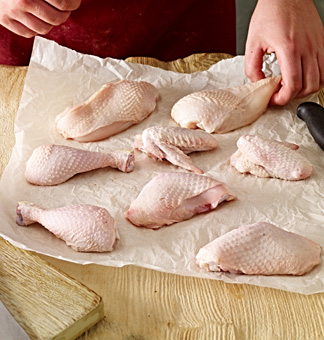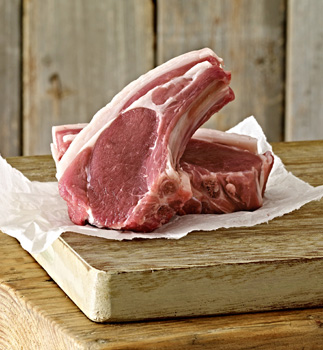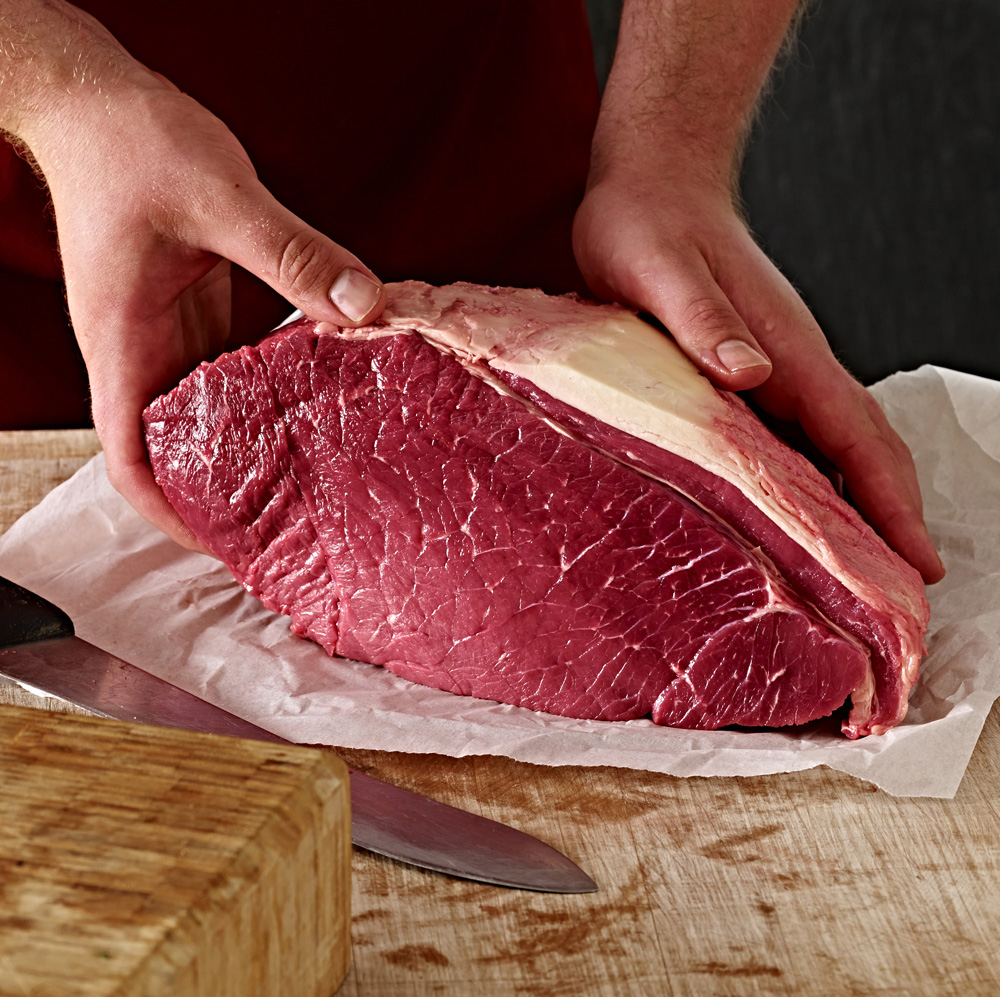1. Clean and preheat your barbecue.
An electric or gas BBQ may take 10 to 20 minutes to preheat and a charcoal BBQ needs to be heated until the coals are covered with a layer of ash (approx. 45 minutes). Stock up on charcoal, rather than briquettes. It heats more evenly and has a better, more natural aroma.
2. For best results, treat the meat you barbecue outdoors with the same respect as when you cook in your kitchen.Allow the meat to come to room temperature for at least 20 minutes. Brush the meat with oil. This helps the searing process and prevents sticking.
2. For best results, treat the meat you barbecue outdoors with the same respect as when you cook in your kitchen.Allow the meat to come to room temperature for at least 20 minutes. Brush the meat with oil. This helps the searing process and prevents sticking.
3. Careful seasoning is necessary. The meat could be marinated beforehand or sprinkled with herbs and pepper.Season with salt at the very last moment only, as salt will draw out juices and prevent the meat from browning properly. We recommend salting the meat after cooking.
4. Never hurry a steak on your barbecue. Cook slowly until browned, and turn gently just once. Use long handled tongs rather than a fork which may pierce the meat and allow valuable juices to escape. Wear an oven glove, covering the arm to prevent burning.
5. It’s all too easy to overcook on a barbecue, leading to charred, leathery, dry meat. To ensure even cooking use the 60/40 method. Cook the meat for 60% of the time on the first side, then turn and cook for the remaining 40%. Take care: As soon as the meat browns it must be moved further away from the heat source so that the inside can cook before the surface burns (The exceptions are thin cuts such as ministeaks and medallions). Raise the rack so that it is about 30cm (12) above the charcoal- at this height the temperature is just right.
6. To test for doneness take the meat from the heat source and place on a clean plate. Press the meat gently with the tip of your finger. Rare should be soft and supple, well done firm, and medium in between. A meat thermometer is invaluable for checking larger cuts. Insert the probe horizontally into the thickest part of the meat. Please note that the internal temperature will continue to rise by a few degrees once the meat is removed from the heat source. Therefore remove the meat 3-5ºC before it reaches the desired internal temperature.
7. Once the meat is cooked to your liking it must be rested. During resting, the temperatures within the meat fuse, the juices in the middle move to the outside and it becomes warm, moist and tender all the way through. To rest your meat, place it on a rack so it doesn’t lie in its own juices. Cover with foil and leave in a warm place for up to 20 minutes. Remember, it is always better to over-rest meat than to under-rest it.
| Beef Grilling Steaks | Timings per side |
| Sirloin or rump 2cmFillet steaks are approximately 1cm thicker so will need an extra 1-2 minutes cooking time each side. | 2.5 mins (rare) 4 mins (med) 6 mins (well) |
| Pork Grilling Steak/Chops | Timings per side |
| Loin or leg steaks 1-2cm | 6-8 mins |
| Chops 2-3cm | 8-10 mins |
| Lamb Grilling Steak/Chops | Timings per side |
| Leg, chump steak 1-2cm | 4-6 mins |
| Chops 2cm | 6-8 mins |
| Cutlets 2cm | 4-6 mins |
| Kebabs | |
| Simply make your own kebabs by cutting the above steaks into (approx 2.5cm (1”) size cubes | 15 mins in total |
| Sausage and Burgers | |
| Ensure all sausages and burgers are thoroughly cooked (juices should run clear) before serving | |
| Burgers (pork, beef, lamb) | 4-6 mins each side |
| Sausages (standard pork, beef, lamb) | 10-12 mins in total |
| Sausages (chipolata pork, beef, lamb) | 8-10 mins in total |















